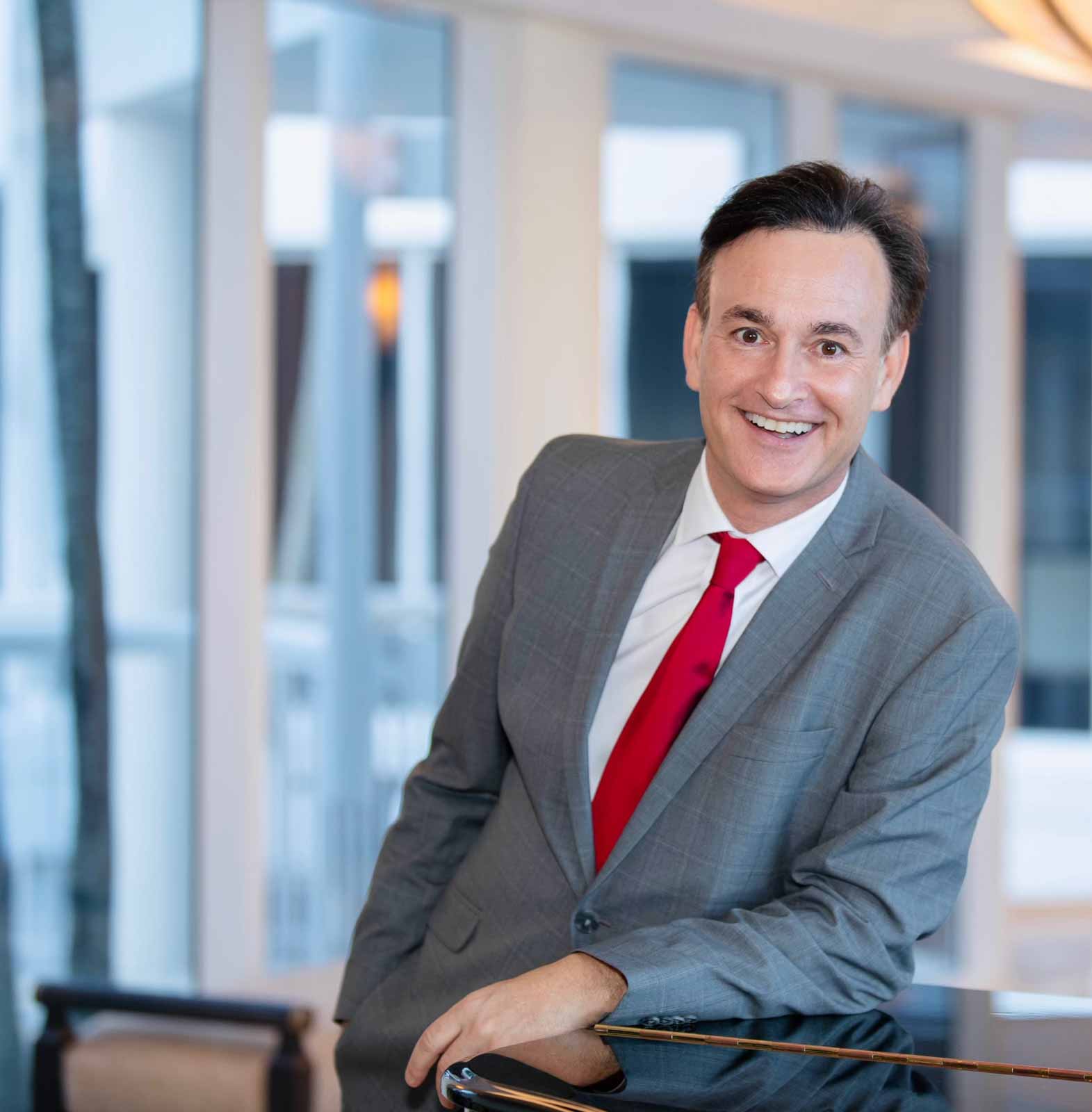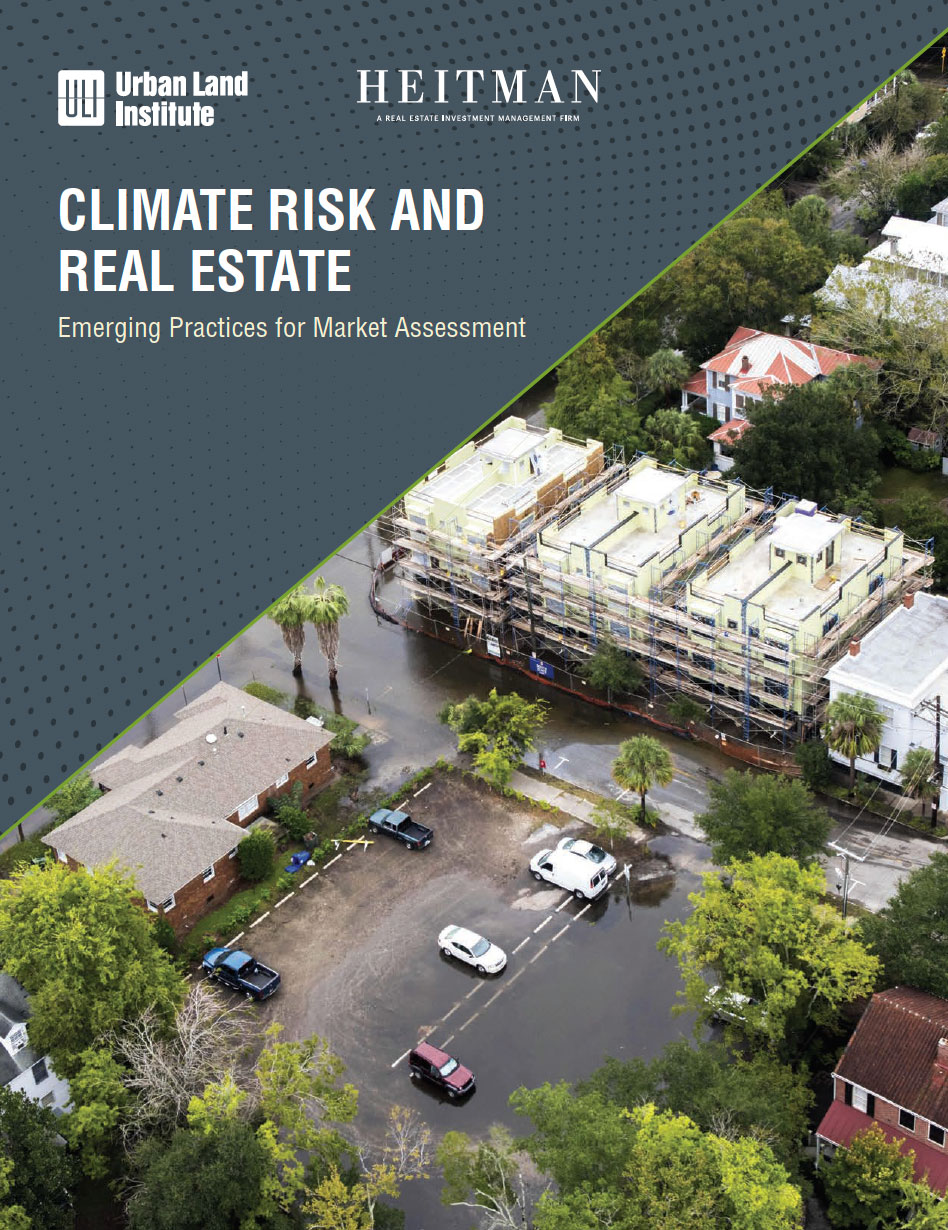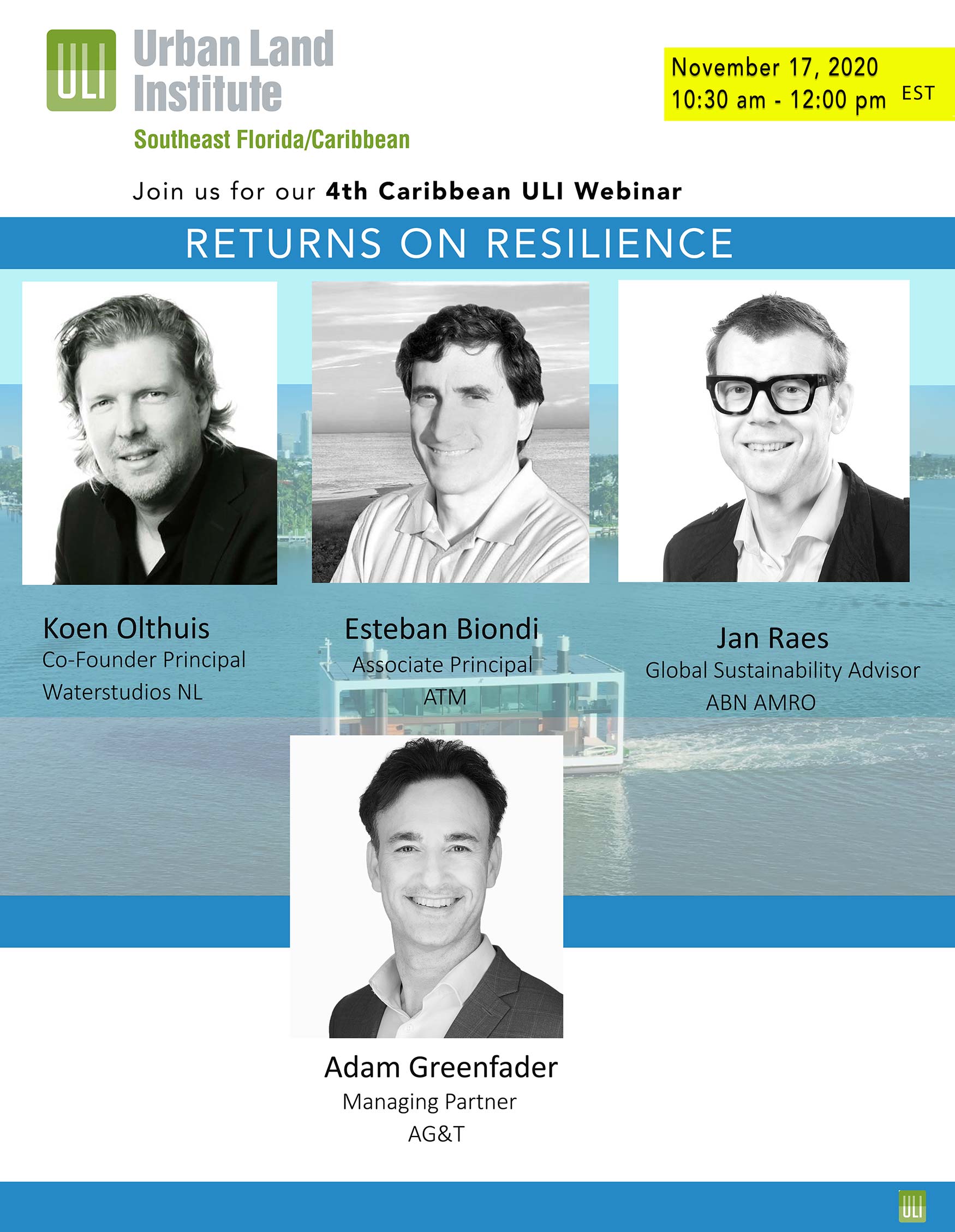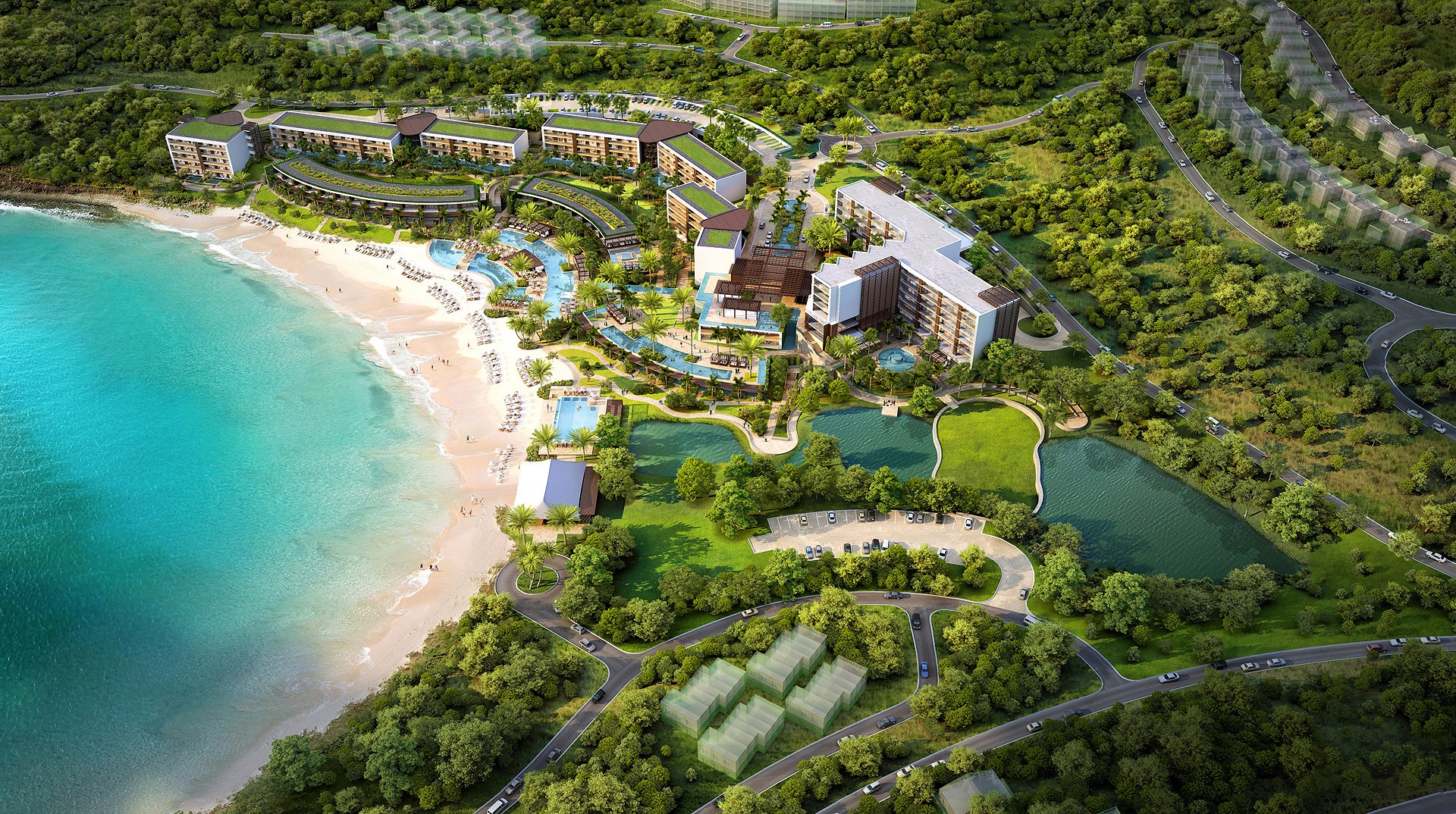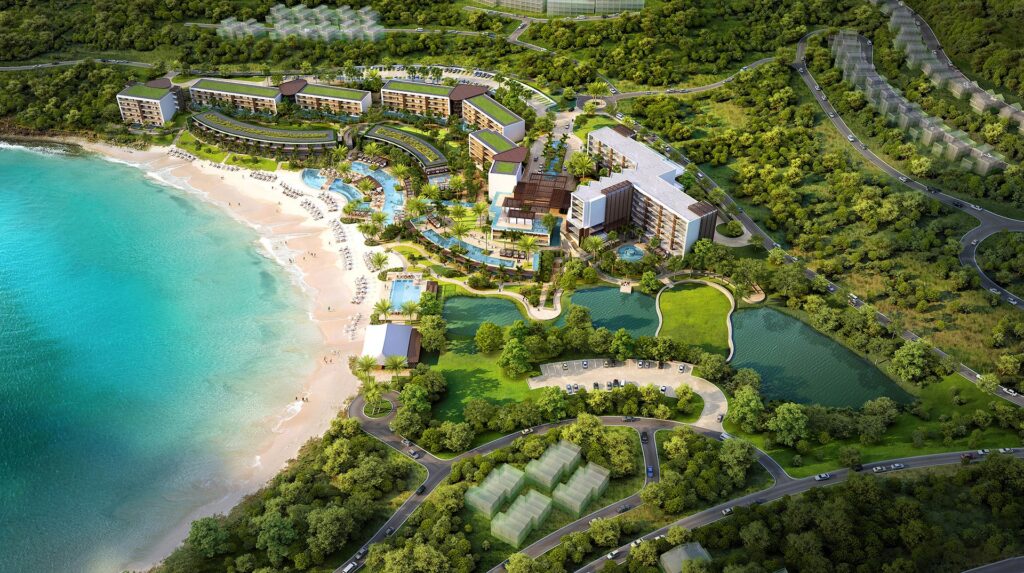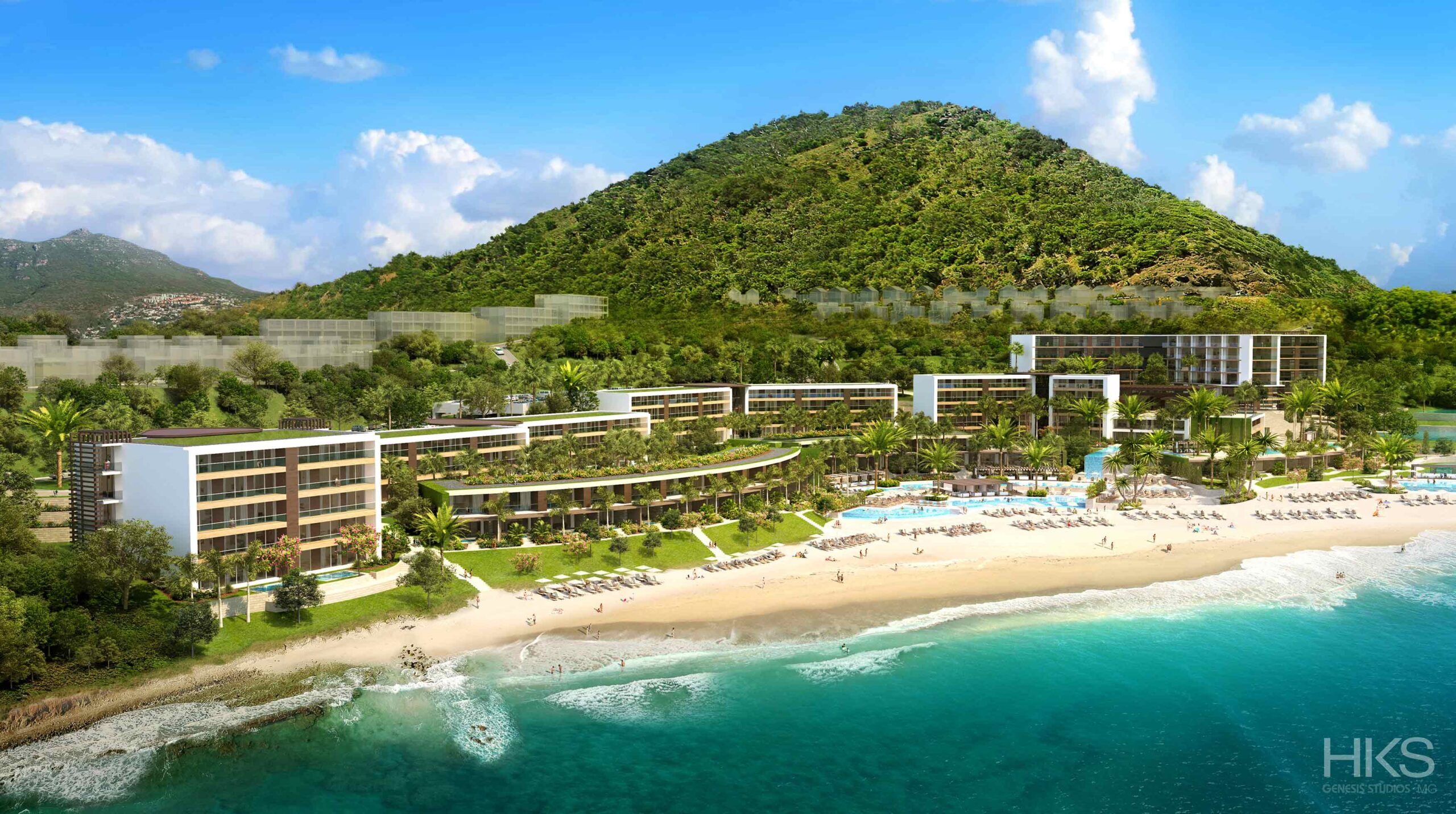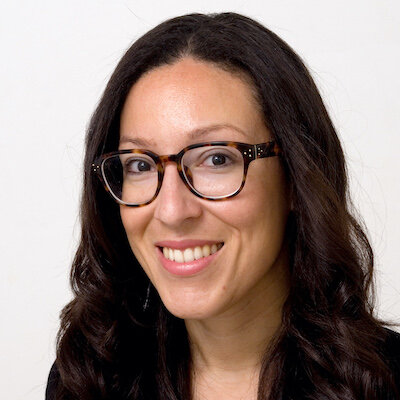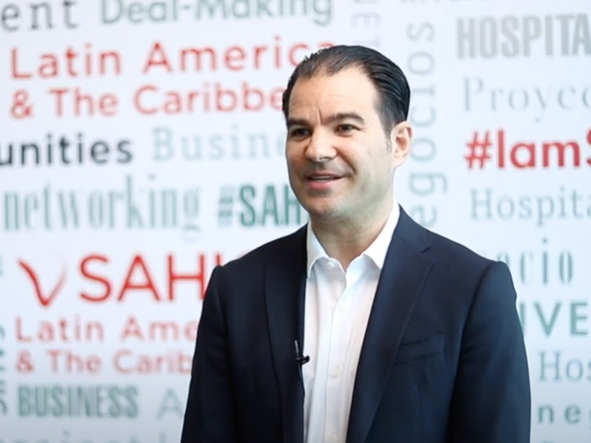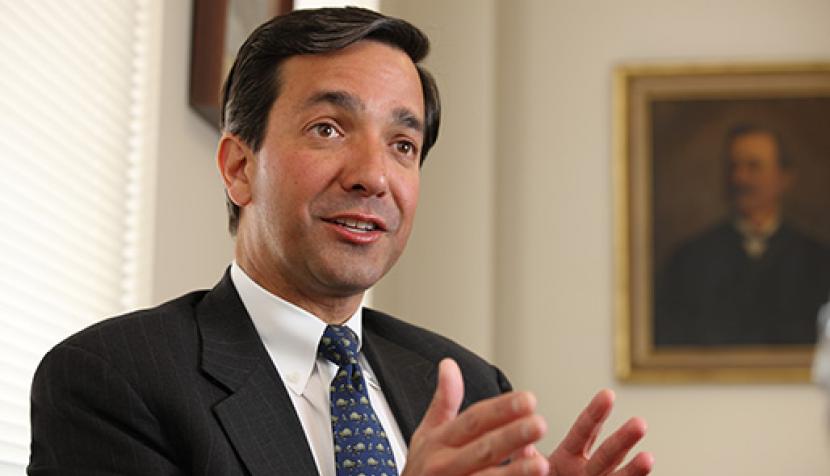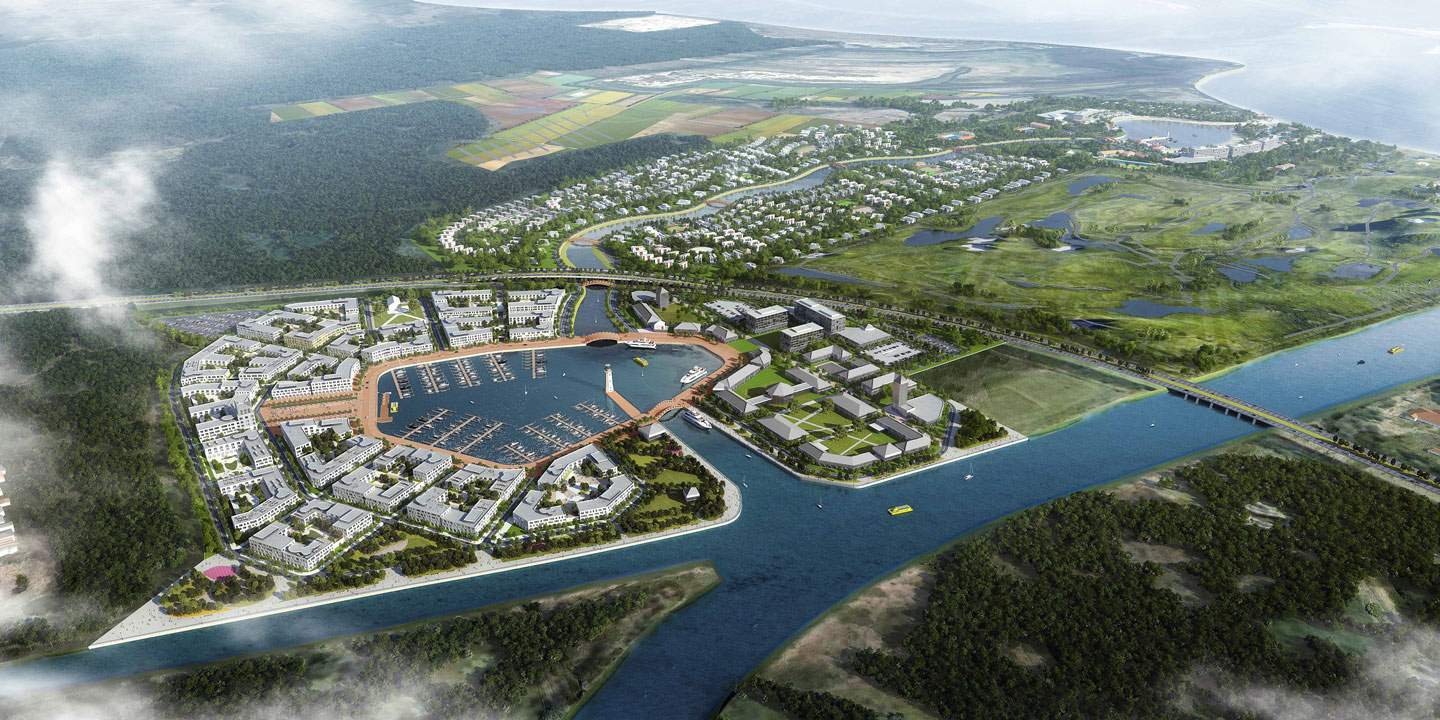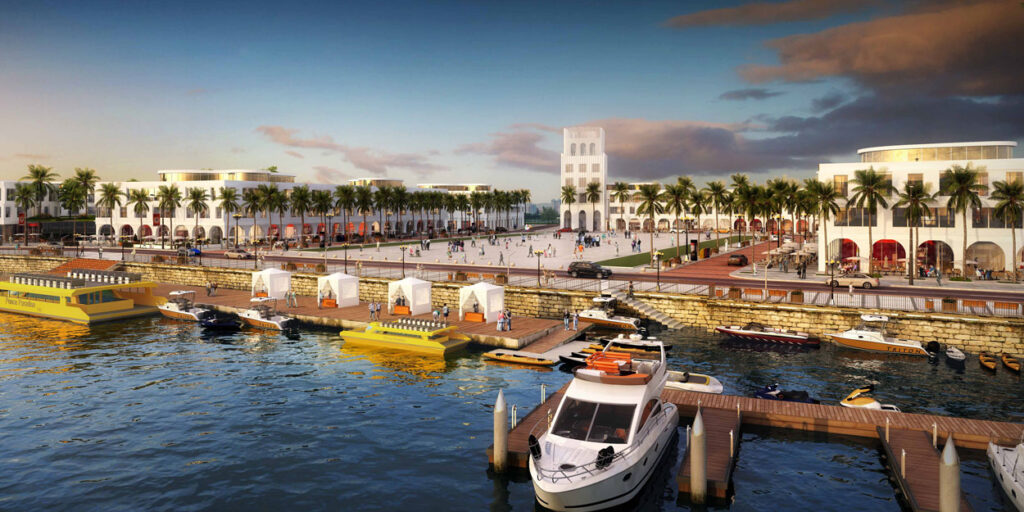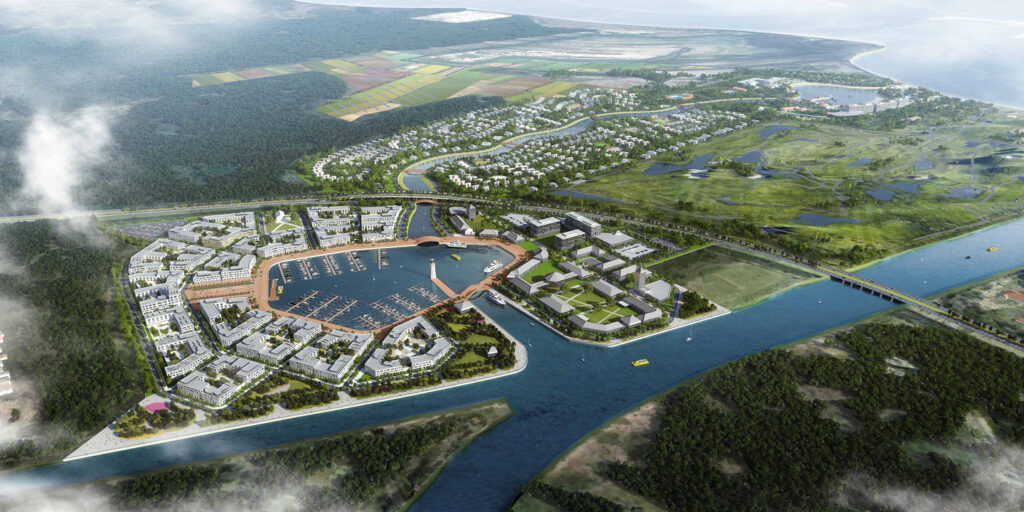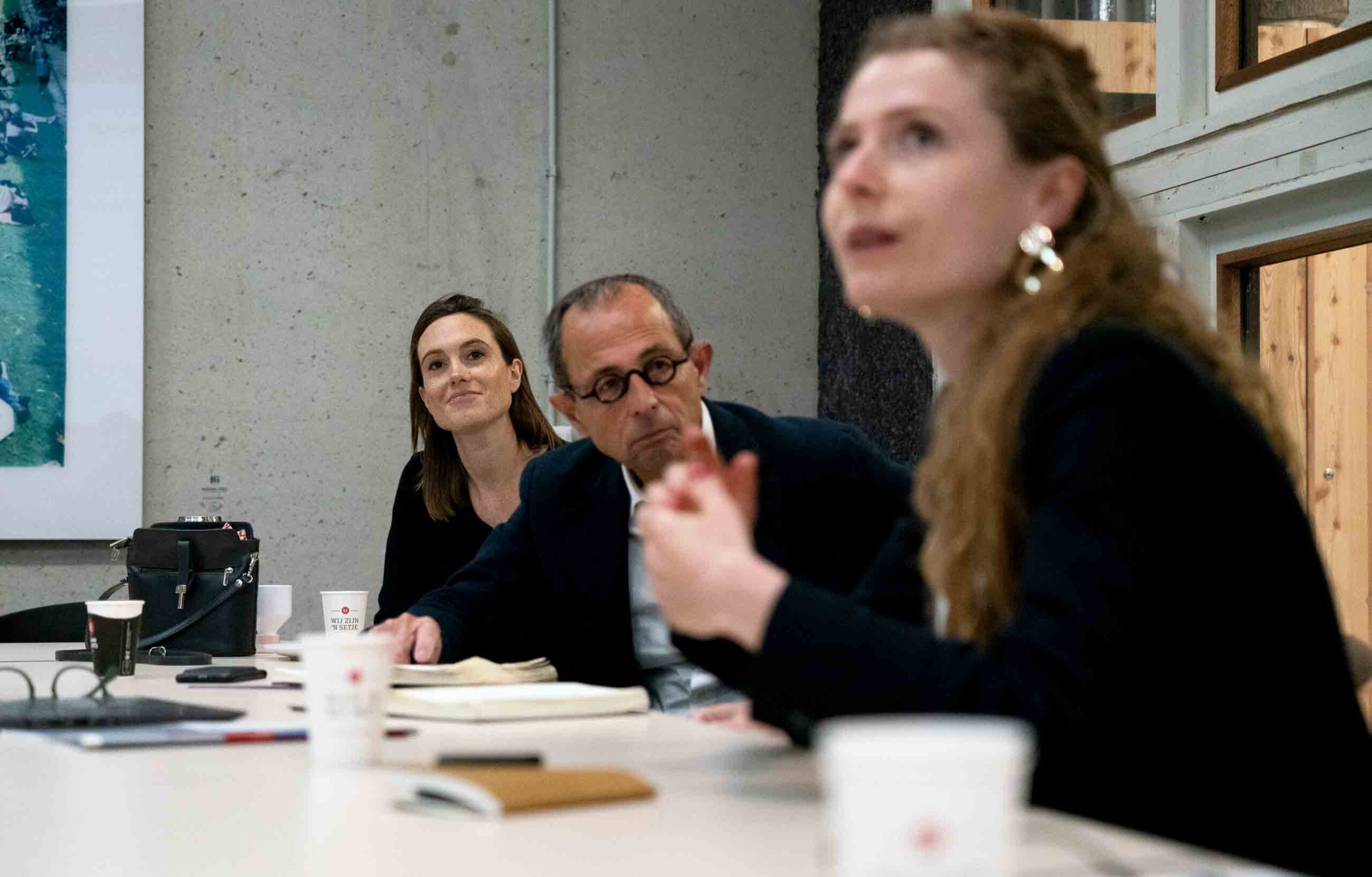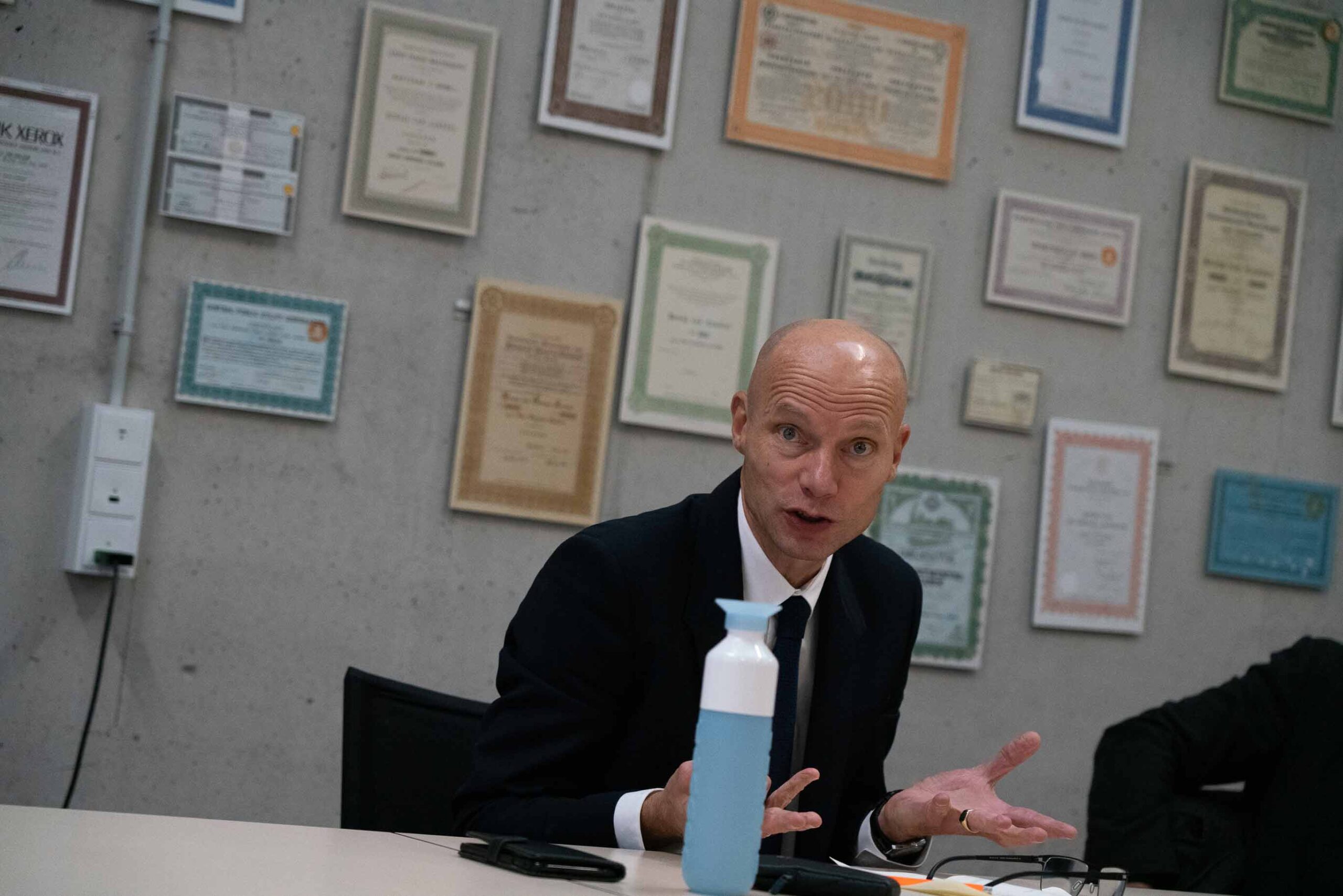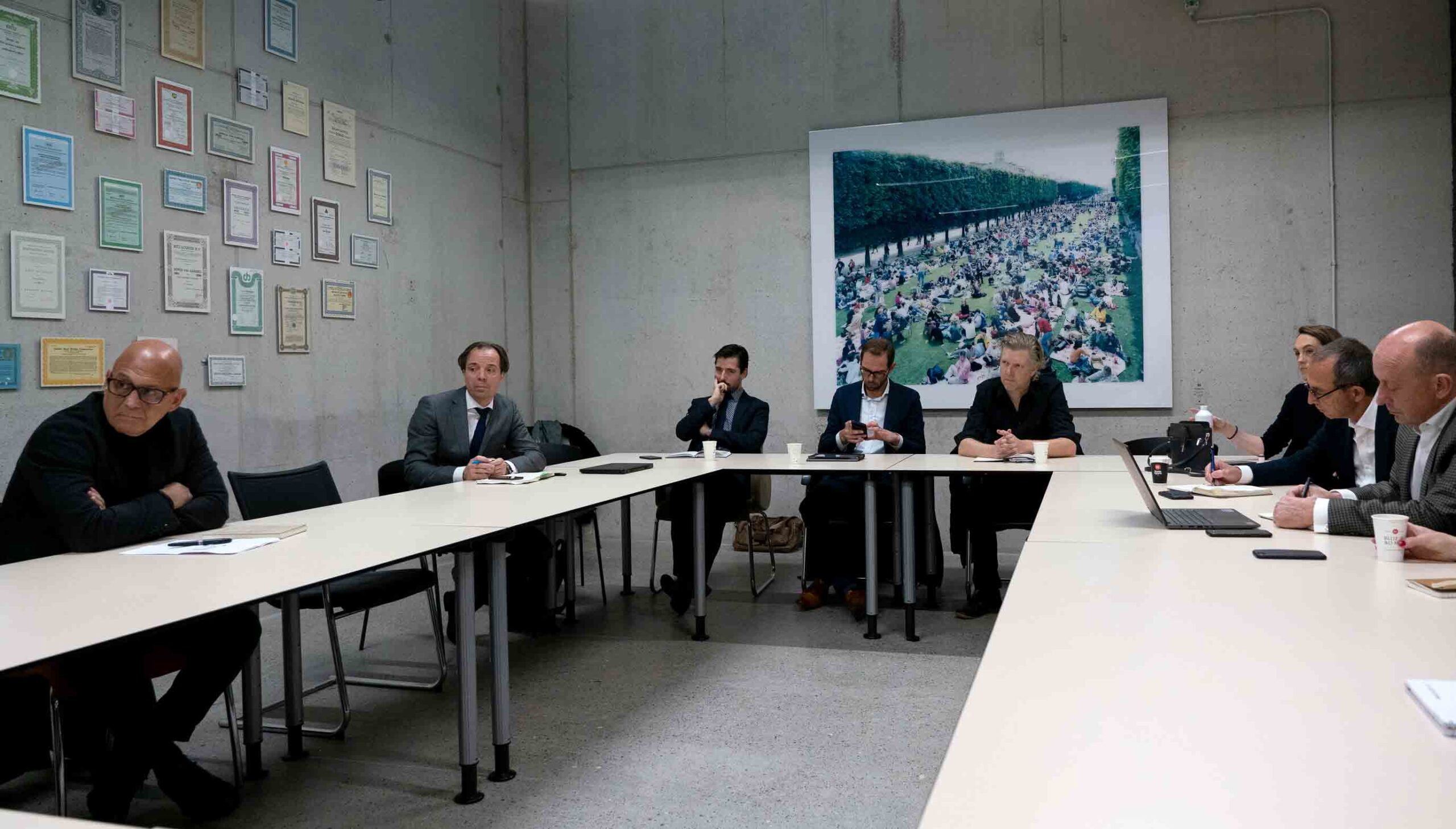Could this be the year for Puerto Rico?
It had been almost 12 months since my last visit to Puerto Rico. Thanks to the COVID lockdown expectations were low. The last time I visited, more than 2 years after hurricanes Irma and Maria, the devastation was still overwhelming. Streets were lined with garbage, electrical lines in disrepair, and thousands of homes had roofs covered in blue tarps. This combined with more than ten years of economic recession made has made Puerto Rico extremely pessimistic. As I landed in Luis Munoz Marin Airport, I was thinking, “Would the ensuing earthquakes and COVID pandemic ravage the economy even more…”
I travelled the entire island from coast to coast – 100 x 35 miles, in a two week period. I drove from San Juan to Aguadilla, Mayaguez, Ponce, Humacao, Fajardo, and Ocean Park. The roads were in good condition, the street lights working, and many buildings newly painted. Notwithstanding the COVID crisis, the economy was bustling. Most palpable was the positive attitude and feeling of the people. I spoke with many colleagues and friends and was told that much of the hurricane insurance had circulated through the economy. The 8-12 billion in Federal relief from CDBG-DR is expected by early 2021. Homemade signs seeking construction workers can be seen throughout the island that read, “Se Solicita Carpinteros y Albanilles”.
While the tourists were clearly absent ‘en mass’, a handful of new boutique hotels, especially in San Juan, have been recently delivered between 2019-2020. Much of this new hotel activity is due in part to the Tourism Tax Incentive. The tax incentive provides up to 40% of the total project’s cost back to sponsors…incredibly, some of it can be used for funding as part of the initial capital stack. While this is not common anywhere in the world, Puerto Rico’s is not a typical Caribbean destination. The total economic activity (GDP) in Puerto Rico is less than 7% for all tourism related activities. This includes, hotels, trades, conventions, excursions, etc.. This is an astonishing low number for an island that is surrounded by warm water, beautiful beaches, and lush landscapes. Read more about why Puerto Rico is like this at: https://agandt.com/contact-why-puerto-rico-now/
These tax incentives combined with a team of dedicated individuals in the Destination Marketing Organization (DMO) – Discover Puerto Rico and other Public Private Partnerships (Invest Puerto Rico) is helping to make Puerto Rico a thriving tourism destination. The island currently boats some of the top hotels in the Caribbean with ADR’s over $1,500 per night. Much of this demand is generated by the Act 20/22 (now Act 60). For the last five years, hundreds of high net worth US individuals have moved to Puerto Rico to take advantage of zero Federal capital gains. Act 60 has resulted in over 500 families and hundreds of new business moving to Puerto Rico. There seems to be no end in sight for these new Americans living in Puerto Rico.
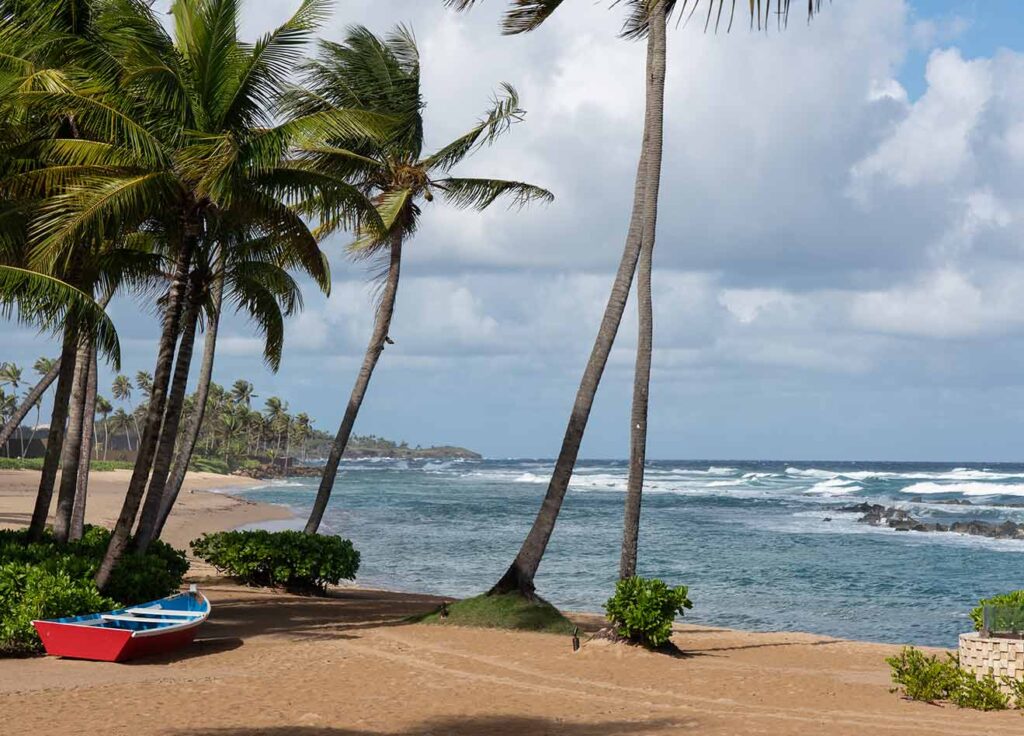
This week Puerto Rico also inaugurated for the first time in over 20 years, the same political party. The PNP or US Statehood party won the election with a mandate for political stability, reduced corruption, and closer ties with the United States. While the island’s economic crisis is far from over, the COVID pandemic has put Puerto Rico back in the spotlight for its manufacturing proficiency. The island of Puerto Rico is one of the world’s leading pharmaceutical destinations – producing more than the top 5 US States combined. As thousands of jobs come back to the USA-Puerto Rico, invariably many will end up where the cost of labor is 15% less expensive, and there is a 60 year culture of robust manufacturing.
So is this the year for Puerto Rico? Strong yes if you are involved with affordable housing, luxury resorts, alternative energy and critical manufacturing.
While we at AG&T do not have the proverbial ‘crystal ball’ on the island’s long term economic growth, things feel like they are on the right track and we will have more clarity with the resolution to the island’s bond crisis, the electrical authority privatization (AEE), and the completion of the responsibilities of The Fiscal Oversight and Managemnt Board for Puerto Rico.

